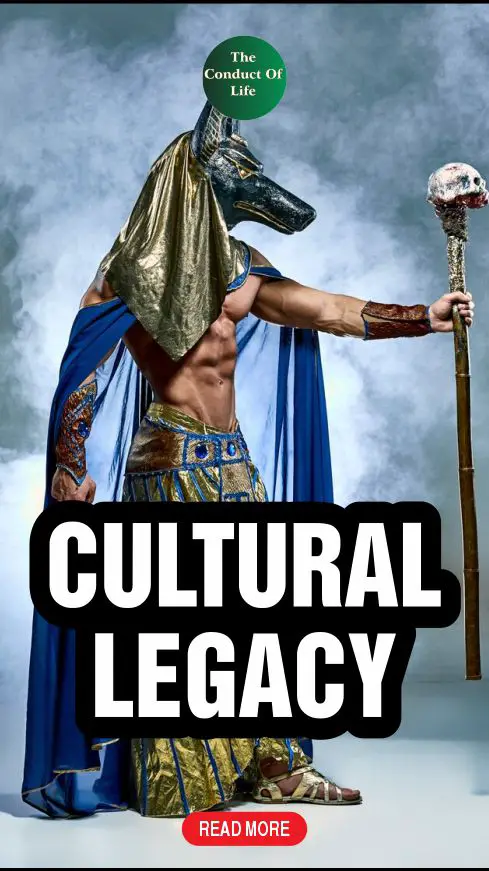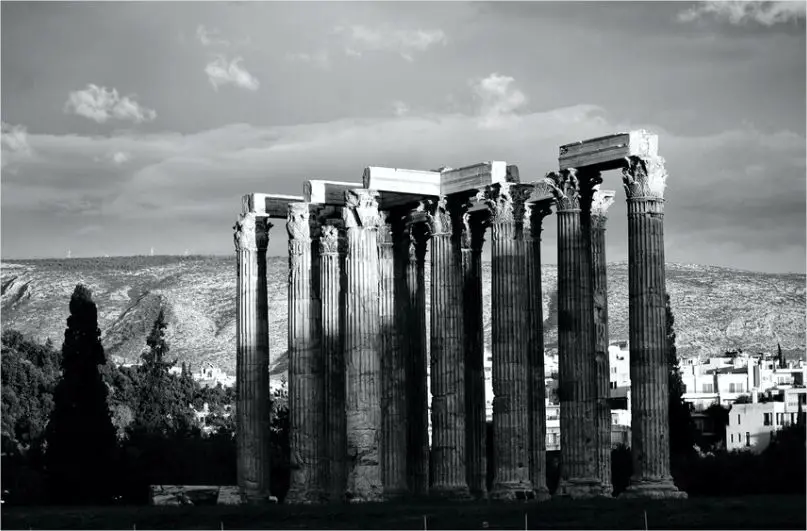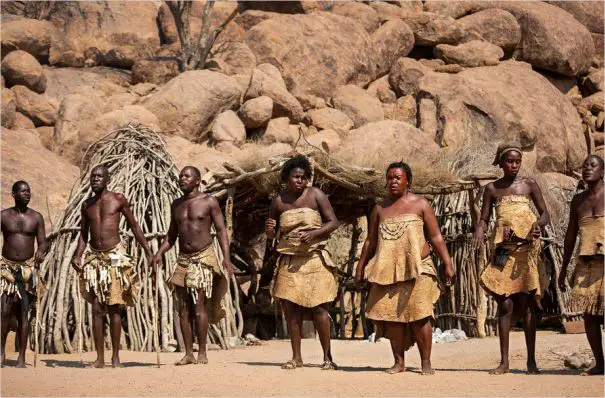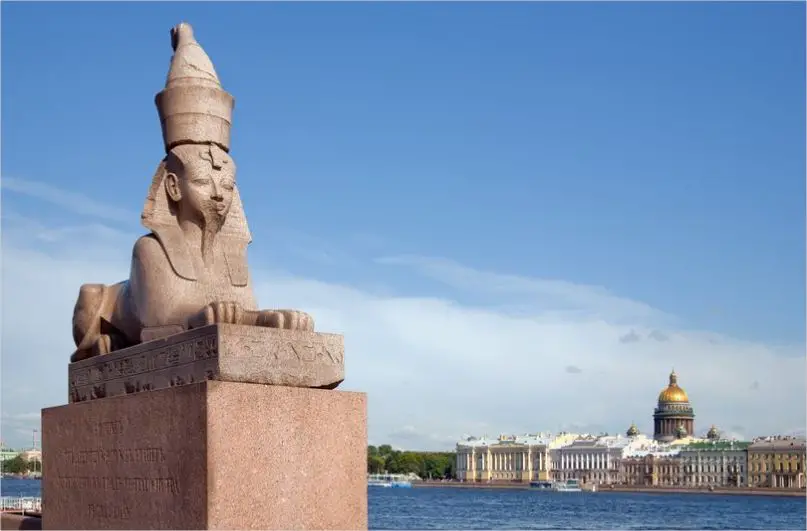Discover how cultural legacy connects you to the past, shapes your present, and guides your future, encouraging belonging, understanding, and personal growth.
Cultural legacy is more than just history, it’s the thread that connects you to the past and shapes how you experience the present.
It’s in the stories shared by your family, the traditions passed down through generations, and the art and practices that define your community.
Whether it’s a language, a dance, or a timeless piece of architecture, cultural history gives you a sense of belonging and a framework for understanding the world around you.
In this quick-paced world, it’s easy to lose touch with those roots, but staying connected to your cultural heritage can guide you as you move forward.
From preserving age-old customs to embracing new forms of expression, cultural identity helps you understand your place in the world and how you can contribute to shaping the future.
Let’s stick our necks out into what cultural legacy truly means and how it impacts you today.
Recommended: What is Legacy and Impact?

What is Cultural Legacy?
Your cultural legacy is the rich collection of traditions, beliefs, customs, and values that have been handed down through generations in your community.
It includes the art, language, architecture, and practices that define who you are and how you connect with the world around you.
This legacy shapes your personal identity reminding you of where you come from and how your ancestors lived.
Importance of Cultural Legacy
- Preserves Your Identity: Your cultural legacy keeps your identity alive, ensuring that future generations understand and connect with your roots.
- Strengthens Your Community: It builds a sense of belonging, helping you and others feel united through shared traditions, history, and values.
- Guides the Next Generation: Your cultural practices and stories pass on life lessons, shaping how younger generations face life’s challenges and opportunities.
- Builds Respect for History: Knowing your cultural history helps you appreciate the lessons, struggles, and achievements of those who came before you.
- Strengthens Traditions: It ensures the rituals and customs that tie you to your ancestors and community are preserved and passed down.
- Supports Social Connection: Your cultural heritage brings people together, promoting respect, understanding, and unity among different groups.
- Instills Pride: Understanding your heritage fills you with pride, empowering you with the knowledge of your shared history.
- Encourages Preservation: Recognizing the value of your cultural identity drives efforts to protect and preserve important traditions, languages, and artifacts.
Related: How to Plan Your Social Media Legacy for Your Death
Components of Cultural Legacy

Cultural legacy is made up of both tangible and intangible elements, each shaping the identity of societies worldwide.
Understanding these components helps you appreciate how cultural heritage influences the present and future.
Tangible Cultural Legacy
Tangible cultural legacies are the physical artifacts and structures that represent a community’s history, art, and values.
These might include monuments, paintings, or sculptures, each serving as a testament to a society’s creativity and achievements.
For example, the Parthenon in Greece isn’t just a remarkable building; it tells the story of ancient Greek culture, values, and religious beliefs.
These physical legacies are preserved for future generations to learn from and admire, allowing you to connect with the artistry and craftsmanship of the past.
Intangible Cultural Legacy
Intangible cultural legacies are the non-physical aspects of culture, such as traditions, beliefs, rituals, and languages.
These elements help pass down knowledge and values across generations. For instance, oral traditions and folktales are shared through storytelling, offering insight into the collective experiences and moral beliefs of a community.
Language also plays a key role, in shaping the identities of people and creating a sense of belonging.
Today, new forms of intangible heritage, like digital art, social media, and technology, are redefining what cultural legacy looks like.
These innovations are contributing to the ongoing evolution of cultural expression.
Related: How to Create a Personal Legacy
Cultural Legacy and Identity Formation
Cultural heritage plays a key role in shaping both your personal and collective identity.
It involves the traditions, beliefs, and customs passed down through generations, giving you a sense of belonging and continuity.
As society evolves, these cultural elements help you understand where you come from and how you fit into the world.
National Identity and Pride
At a national level, cultural legacy often drives pride and patriotism. Take Japan, for example.
Traditional customs like the tea ceremony and local festivals are embedded in the national consciousness, influencing how people see themselves and their heritage.
Similarly, in Ireland, cultural practices such as folklore and music contribute to a strong national identity, proudly celebrated worldwide.
These cultural elements shape not only values but also societal unity.
Regional Identity and Local Pride
On a regional scale, cultural legacy reinforces local pride. In Catalonia, for instance, the preservation of the Catalan language and regional customs highlights a distinct identity that sets it apart from broader Spanish culture.
This regional heritage strengthens a sense of community, fostering pride among its people.
At the family level, your own family legacy comes to life through family stories, ancestral traditions, and values that bind you to your roots.
By recognizing the role of cultural legacy in shaping identity, you can better appreciate your place in the world and how past generations influence the present.
This ongoing connection helps you understand the values you uphold and pass on.
Preserving Cultural Legacy

Preserving cultural legacy is about protecting the traditions, artifacts, and practices that define a society, ensuring they remain relevant for future generations.
There are several ways to keep this heritage alive, each playing a vital role.
Education as the Foundation
One key approach is education. By learning about your heritage in school, you gain a better understanding of your cultural background and that of others.
Educational programs, cultural workshops, and exchanges allow you to actively participate in and appreciate cultural practices.
Museums and Cultural Guardianship
Museums also play an important role. They serve as guardians of history, showcasing cultural artifacts and exhibitions that help you understand the stories of different communities.
Visiting museums allows you to experience the diversity of human culture firsthand.
Archives: Preserving History
Archives focus on preserving documents and historical records, offering valuable insights into cultural practices and personal stories.
These resources are vital for both researchers and the public, helping to ensure accurate knowledge is passed down.
In a globalized world, where cultures can sometimes blend, archives help maintain the uniqueness of cultural identities.
Challenges of Cultural Preservation
However, the task of preservation faces challenges. Globalization can threaten the distinctiveness of cultures, making it harder to protect traditions.
That’s why it’s important to stay committed to preserving your cultural heritage, ensuring it thrives for future generations to learn from and enjoy.
Related: How to Create a Philanthropic Legacy
Impact of Cultural Legacy on Future Generations
Your cultural legacy shapes your identity and collective consciousness, offering a sense of belonging.
It provides a foundation for future generations, helping them build their own identities and societal connections.
- Inspiration from the Past: Cultural heritage inspires future generations by offering lessons from historical events and achievements. It helps you learn from past successes and failures, guiding you to approach modern challenges with wisdom and insight.
- Valuing Diversity and Critical Thinking: By engaging with your cultural heritage, you learn to appreciate different perspectives. This promotes critical thinking, fostering respect for diversity and encouraging active participation in societal development and global conversations.
- Shaping Future Leaders: Cultural legacy shapes future leaders by providing them with knowledge and values passed down through generations. These lessons prepare leaders to guide their communities, ensuring continuous progress while respecting traditions.
Related: What is Professional Legacy?
Examples of Prominent Cultural Legacies
Cultural legacies are reflections of past values, beliefs, and artistic expressions.
Let’s take a look at some examples that have shaped the world and continue to influence society today.
The Egyptian Civilization
The Egyptians left behind monumental architecture like the pyramids of Giza, showcasing their advanced knowledge in mathematics and their deep spiritual beliefs.
These achievements continue to inspire architects and artists, proving that ancient practices can still influence modern design.
The Greek Legacy
Ancient Greece’s contributions to philosophy, democracy, and art are immense.
Philosophers like Plato and Aristotle shaped Western thought, and Greek art and theater set the foundation for modern aesthetic standards.
Their ideas still resonate in today’s educational systems and political structures.
The Harlem Renaissance
The Harlem Renaissance of the 1920s brought African American culture to the forefront, redefining identity through art and literature.
Writers like Langston Hughes and Zora Neale Hurston helped challenge societal norms, shaping the conversation around race, identity, and cultural expression for generations.
These examples show how cultural legacies, both ancient and modern, have shaped societies, inspired innovation, and contributed to global discussions.
Each legacy continues to influence the world, reminding us of the value in preserving and understanding our shared history.
Related: How to Write a Legacy Statement
How Technology Shapes and Shares Cultural Legacy
Technology is revolutionizing how cultural history is shared and preserved. Digital tools such as archives and virtual museums make heritage more accessible, breaking geographical barriers.
These innovations enable people worldwide to explore artifacts, documents, and traditions, ensuring that unique cultural identities are preserved and appreciated across generations.
The Power of Digital Archives
Digital archives offer a powerful way to safeguard cultural resources and make them accessible to everyone, regardless of location.
By digitizing important documents, artworks, and historical objects, communities can protect their legacy and share it globally.
This democratizes access to history and deepens understanding of diverse cultural experiences.
Social Media: Connecting People Through Culture
Social media platforms like Instagram, Facebook, and TikTok are transforming cultural legacy.
Users share stories, traditions, and experiences with a broad audience, fostering connection and self-expression.
By creating spaces for dialogue, these platforms contribute to preserving and celebrating cultural legacies, helping to form a collective memory that transcends borders.
Striking a Balance: Preserving vs. Simplifying
While technology offers remarkable ways to share and preserve culture, it’s crucial to maintain authenticity.
When traditions are simplified for social media or commercial purposes, they risk losing their true meaning.
The challenge lies in respecting cultural symbols and using digital tools thoughtfully, ensuring their essence is preserved while reaching a global audience.
Frequently Asked Questions
What is the meaning of cultural legacy?
Cultural legacy refers to the traditions, beliefs, customs, and values passed down through generations, shaping identity and community.
What is the meaning of cultural heritage?
Cultural heritage encompasses tangible and intangible elements, including traditions, artifacts, and customs, that define a community’s identity and history.
How can digital archives help preserve cultural legacy?
Digital archives safeguard cultural resources, making them accessible globally while ensuring history is protected and shared across generations.
Why is it important to balance cultural preservation and simplification?
Balancing preservation and simplification ensures cultural authenticity is maintained, while allowing wider global audiences to engage and appreciate traditions.
Conclusion
Cultural legacy is key in shaping both personal and community identities. It includes traditions, practices, and artifacts passed down through generations, connecting the past to the present.
By understanding and engaging with your heritage, you gain insights into your background while fostering empathy for other cultures.
Preserving cultural legacy ensures future generations stay connected to their roots.
To deepen your connection, explore local customs, support cultural initiatives, and participate in traditional practices.
Embracing your cultural heritage not only strengthens your identity but also contributes to a more inclusive society, promoting respect and understanding across cultures.
Pious Clements is the insightful voice behind "The Conducts of Life" blog, where he writes about life ethics, self-development, life mastery, and the dynamics of people and society.
With a profound understanding of human behaviuor and societal dynamics, Pious offers thought-provoking perspectives on ethical living and personal growth.
Through engaging narratives and astute observations, he inspires readers to navigate life's complexities with wisdom and integrity, encouraging a deeper understanding of the human experience and our place within society.
